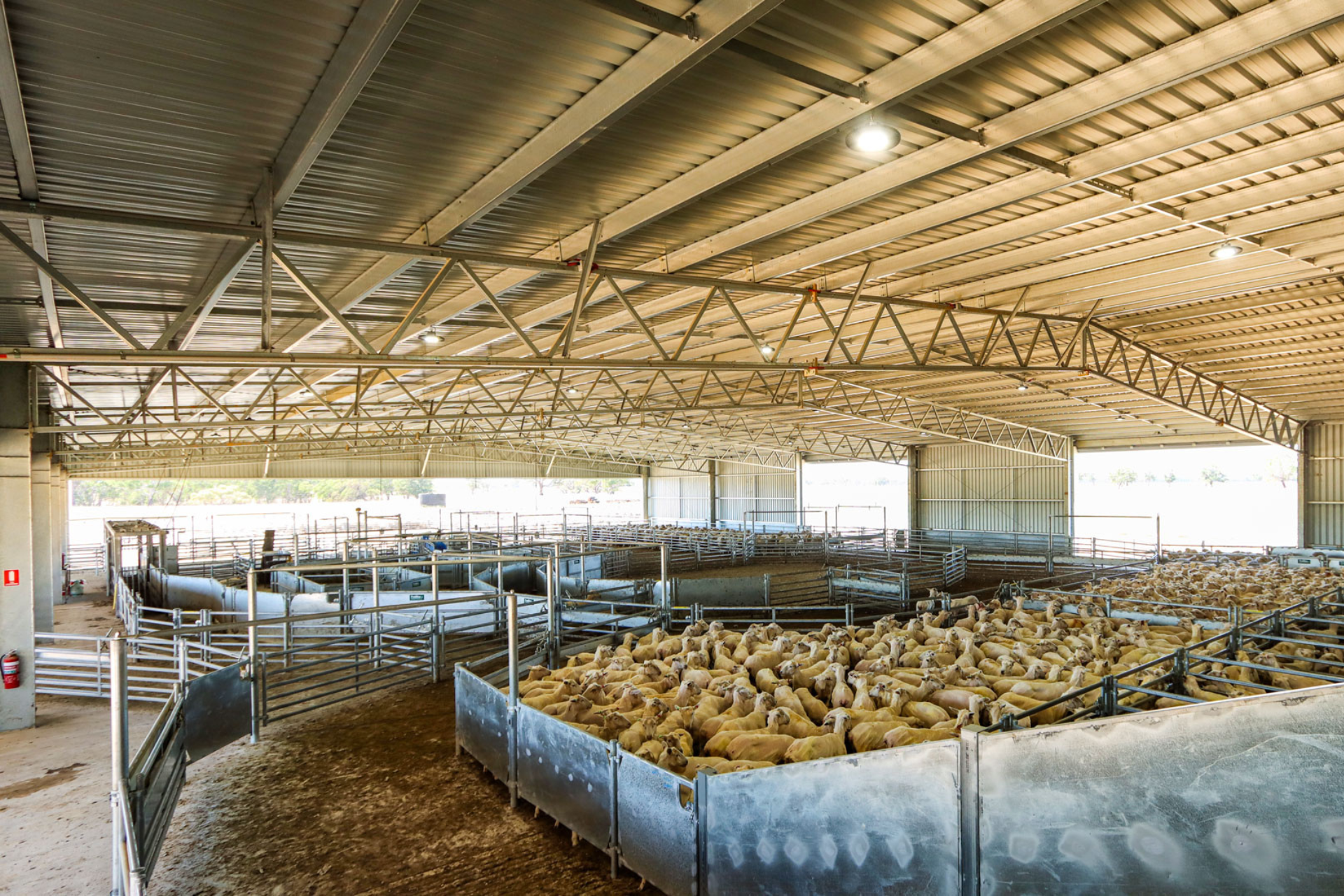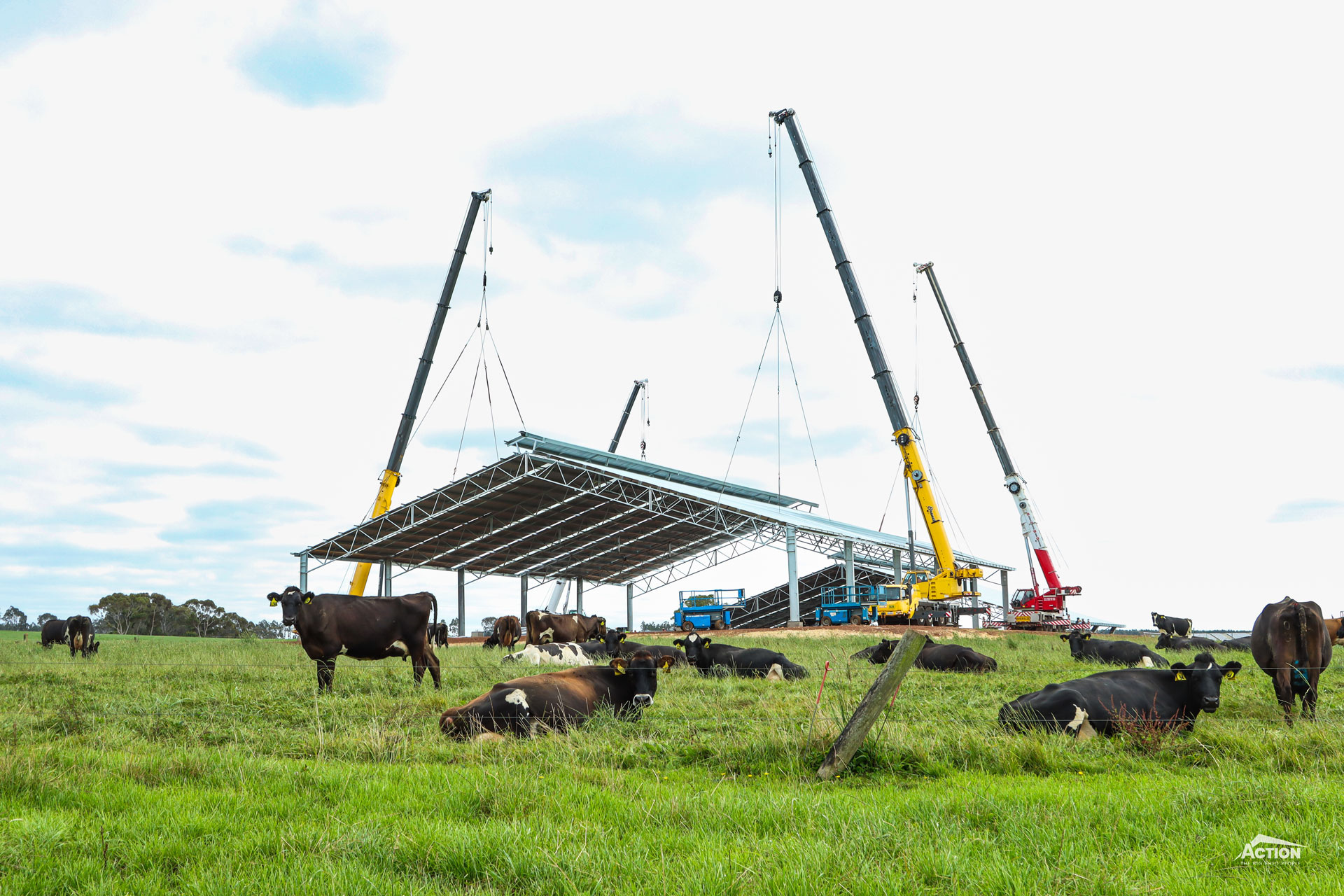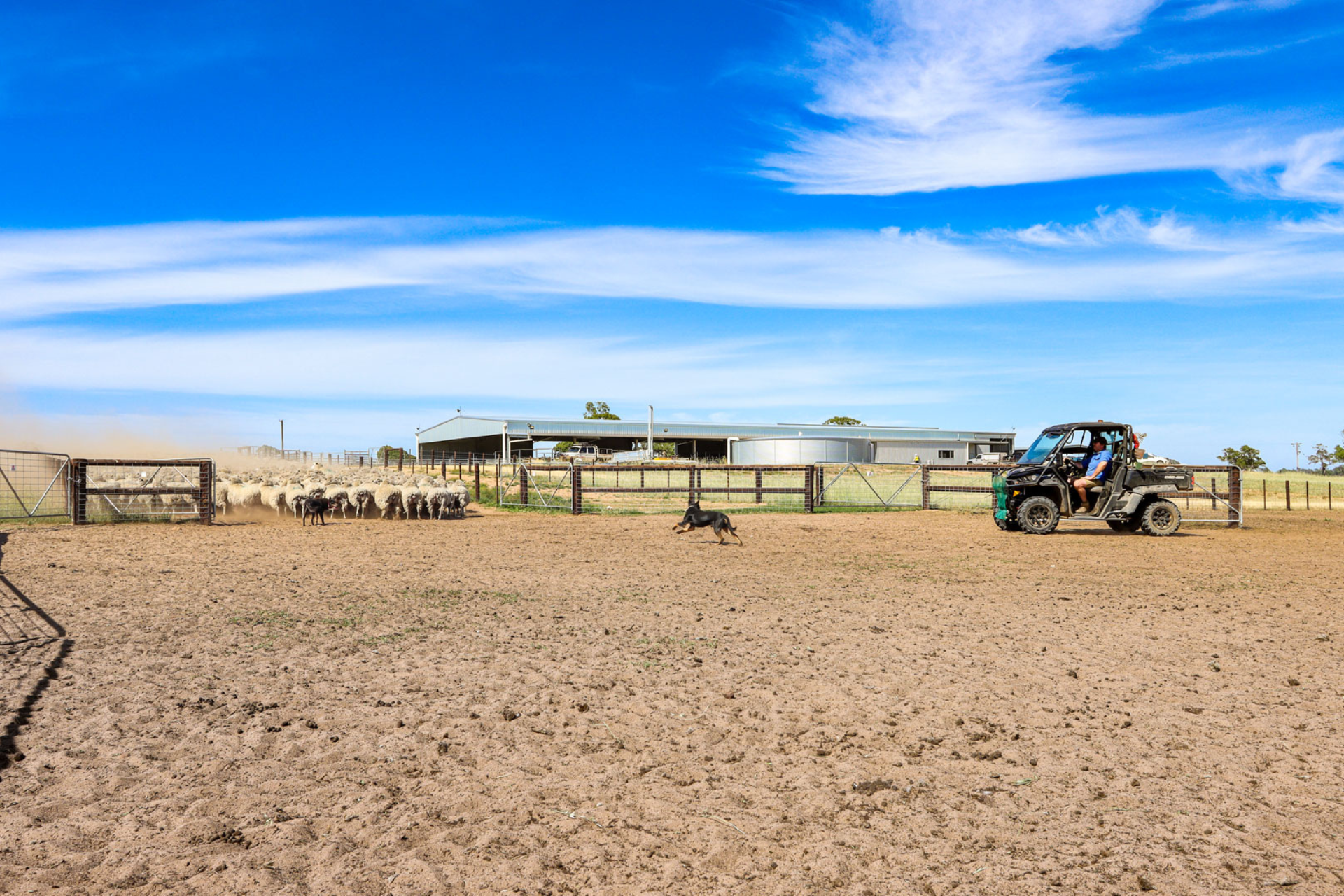For many sheep farming operations across Australia shearing is the most important task of the year. It is also the livelihood of several thousand shearers and shed hands from around the country and from New Zealand. However, it is widely acknowledged that the industry is not without its issues.
Given the significance of sheep (meat and wool) in Australia, both historically and currently, sheep farming is an industry that needs to provide win-win situations for both the wool growers and the shearers and shed hands.
In this article we discuss some of the issues faced by both wool growers and workers and weigh in on what can be done to find common ground and elevate the iconic industry to the standard that it deserves.
Difficulties experienced by woolgrowers
Organisational difficulties will occur in any industry and the shearing industry is no different – whether its unreliable shearing teams or unpredicted rainfall, occurrences like these are inconvenient for the farmer resulting in a later finish to shearing or higher overheads than expected.
Some other issues include;
- An industry with what some refer to as a ‘drug culture’ – it is worth noting that this issue, highlighted in recent years, is not one that is exclusive to the shearing industry, but it is an issue that is exacerbated by the hard work, remote conditions, team environment and animal welfare concerns that shearing involves.
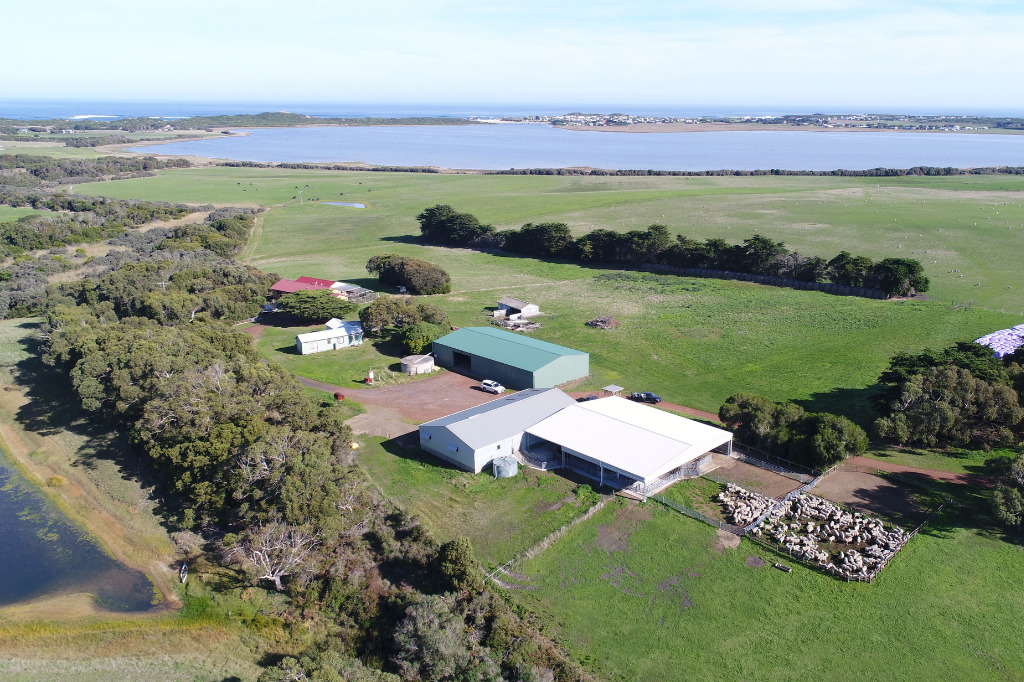
- Shearing is an industry that is often considered slow to innovate when compared to the extent innovation has occurred in other areas of agriculture.
- Shortage of shearers due to reasons such as;
– The lack of young people coming into the shearing industry (the questions to ask here are ‘why is this the case?’ and, ‘what do we need to do differently?’)
– A recent pay rise in New Zealand making it less attractive for New Zealand shearers to come to Australia for work than in the past, highlighting the industry’s reliance on these shearers.
Difficulties experienced by shearers and contractors
As has been pointed up recently, shearers and contracting teams are often subjected to unsafe and unpleasant working conditions with an “acceptance of working conditions that would not be tolerated in any other industry.”
Some points to consider on this topic;
- While only a short time might be spent by the workers at each shed, if each shed has substandard conditions i.e. unsafe or outdated equipment, it adds up to a significant amount of time spent in unpleasant work environments – which is physically and mentally draining.
- Poorly designed sheds can also contribute to these less than ideal conditions. For example, a shearing shed may be in the wrong location to provide any relief from hot weather or the fit-out may be outdated and unergonomic.
- The accommodation/shearer’s quarters also need to be up to scratch including provision of internet access. As this article mentions, if “we want young people to physically push themselves to their absolute limit and, at night, if they don’t have that connection with families and partners, it makes it very difficult.”
Like farmers, shearers are also negatively impacted the lack of innovation and by the repercussions of a drug culture especially given the team environment of shearing.
What can we do?
The different parties – wool grower, contractor and shearer/shed hands – all need to work together for a multi-faceted approach and solution rather than a ‘quick fix’. This is particularly true in the case of drug use -“industry wide collaboration and cooperation is necessary to have a good chance of combating the problem.”
The responsibility of providing safe and up-to-scratch working conditions rests with the farmer. Keep in mind that “if wool is your main enterprise, one of the greatest risks is not being able to get good shearer’s.”
Download a copy of the safety and sheep welfare poster from the AWI which stresses the need for shared responsibility and good communication.
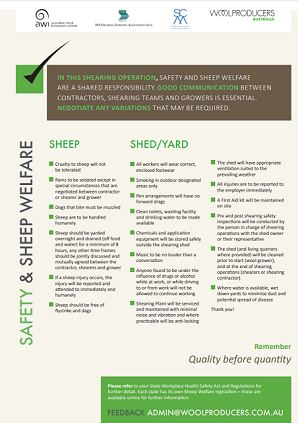
Taking measures and investing time and money to improve your shearing shed indicates that you appreciate the work of the shearing team and that you have their safety and wellbeing front of mind. This in turn creates a healthy culture and work environment as well as establishing a good reputation for you as an employer, putting yourself in the best position to secure the best shearers in the future.
Some of these measures could include;
- Committing to making constant improvements especially if tackling a refurbishment project or a new shed is not an option. Air conditioning, new toilets and showers and upgraded equipment are some of the improvements that could be made.
- Putting a roof over your sheep yards keeps sheep dry ahead of shearing (as well as making yard work more pleasant!)


